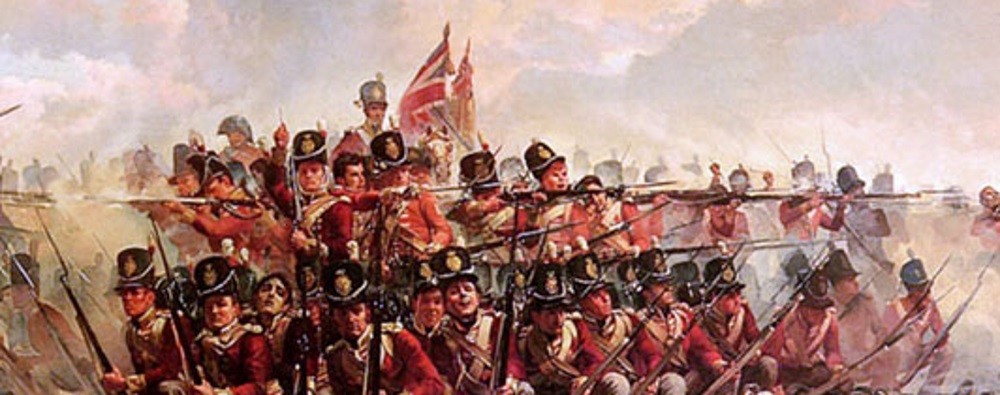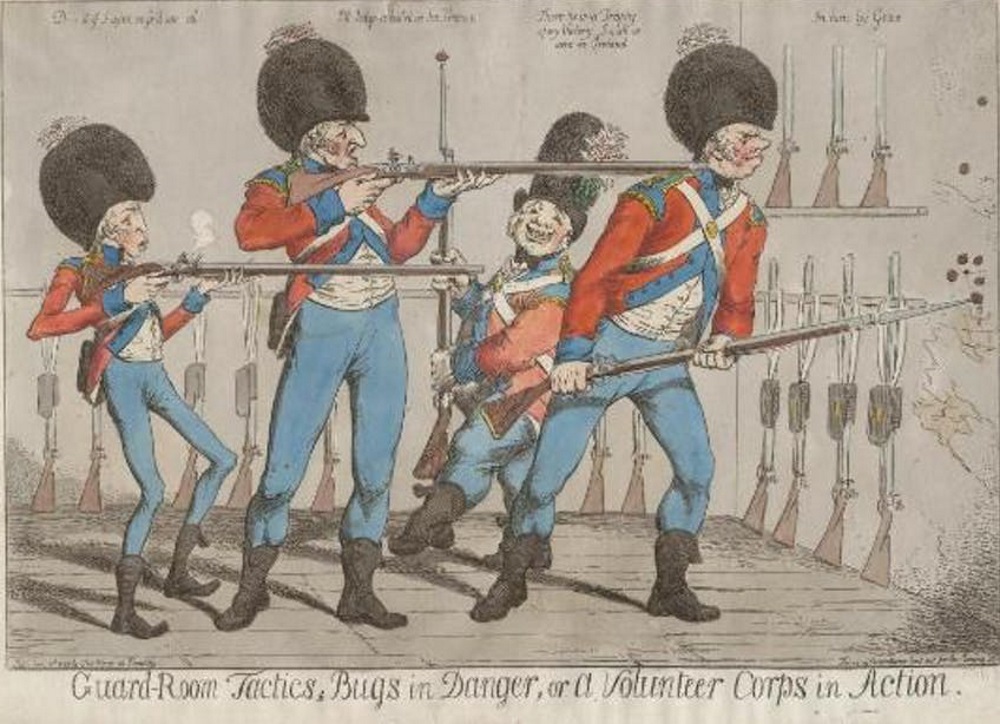
Increasing fears of a French invasion caused plans to be made for the defence of England and in August of 1796 “Invasion No. 113”, the first detailed and systematic defence plan, was drawn up in the office of Sir David Dundas, the quarter-master general. One of the assumptions of the plan was that if the invader chose to land on the coast near Sandwich British forces would initially not find a strong defensive position to oppose the invading forces. The plan put forward Nonington or Hougham as preferable places of opposition with a force on the Isle of Thanet threatening the invaders flank. The next line of defence would then be centred along the River Stour near Canterbury.
Nonington is on an ancient road that began in Sandwich and passed through Eastry, Chillenden, and Nonington before continuing on to cross the Dover to London road at Denne Hill and then passed around Barham into the Elham Valley and then on to Lyminge and beyond. Control of this road would have allowed the French to by-pass the defences at Dover and strike towards Canterbury and then London. French troops landing on Romney Marsh would also have been able to use this road to head towards Canterbury.
Therefore, a French invasion via Sandwich in late 1796 would have meant Major Hammond of St. Alban’s Court and the two Nonington Yeomanry troops [[Nonington and the East Kent Volunteers] literally fighting on their door steps to defend their homes and families in Nonington from the invading French army. Obviously some had more to defend than others.
Members of the local militias, known as the Volunteer Corps, were not held in high regard by regular officers. Volunteer cavalry such as the East Kent Volunteers were considered more elite because of the cost of purchasing the horses and uniforms required to join.
Those men from Nonington unable to afford the horses and uniforms required to serve in the mounted volunteers but who wished to join the Volunteer Corps would have served as infantry and artillery volunteers and would also have also been involved in fighting the French invaders.
Part-time Volunteer officers were not held in high regard by regular officers, their often ostentatious uniforms and social pretensions frequently made them the object of ridicule. Volunteer officers are to be found in the novels of Jane Austen and other writers of the period.
Hostilities between Britain and France were bought to a close in March, 1803, with the signing of the Treaty of Amiens. This “Peace of Amiens” lasted until May of 1803 when hostilities resumed.
In 1803 Napoleon commenced his planning for an invasion of England and began to gather and train a new army in camps on the north French coast which eventually amounted to some 200,000 men supported by over 2,000 ships of various types and sizes. Other invasion methods were considered, including a fleet of troop-carrying balloons and a tunnel under the English Channel, but invasion plans were eventually shelved in 1805 when Napoleon’s naval forces failed to gain control of the Channel and its approaches after defeats at Cape Finisterre and Trafalgar.
In October of 1803 Lord Romney, the Lord Lieutenant of Kent, convened a meeting where it was agreed by all of the East Kent Yeomanry troop captains that the existing troops would combine to form a new mounted cavalry regiment to be known as The East Kent Yeomanry Cavalry with Sir Edward Knatchbull as Colonel supported by Lieutenant Colonel William Honywood and Major William Hammond of St. Alban’s Court in Nonington.
A copy of at least a part of the plan from 1804 for the evacuation of Nonington’s inhabitants has recently come to light
The threat of invasion was for a time taken very seriously by the British government and the south-coast of England was heavily fortified as a precaution. Plans were also made for the evacuation of civilians in the event of a French invasion. A copy of at least a part of the plan from 1804 for the evacuation of Nonington’s inhabitants has recently come to light, and the names listed appear to be almost entirely those of women and children. Presumably the able bodied male inhabitants would have been expected to take up arms against the French invaders alongside those Nonington men already serving with the Volunteers.




